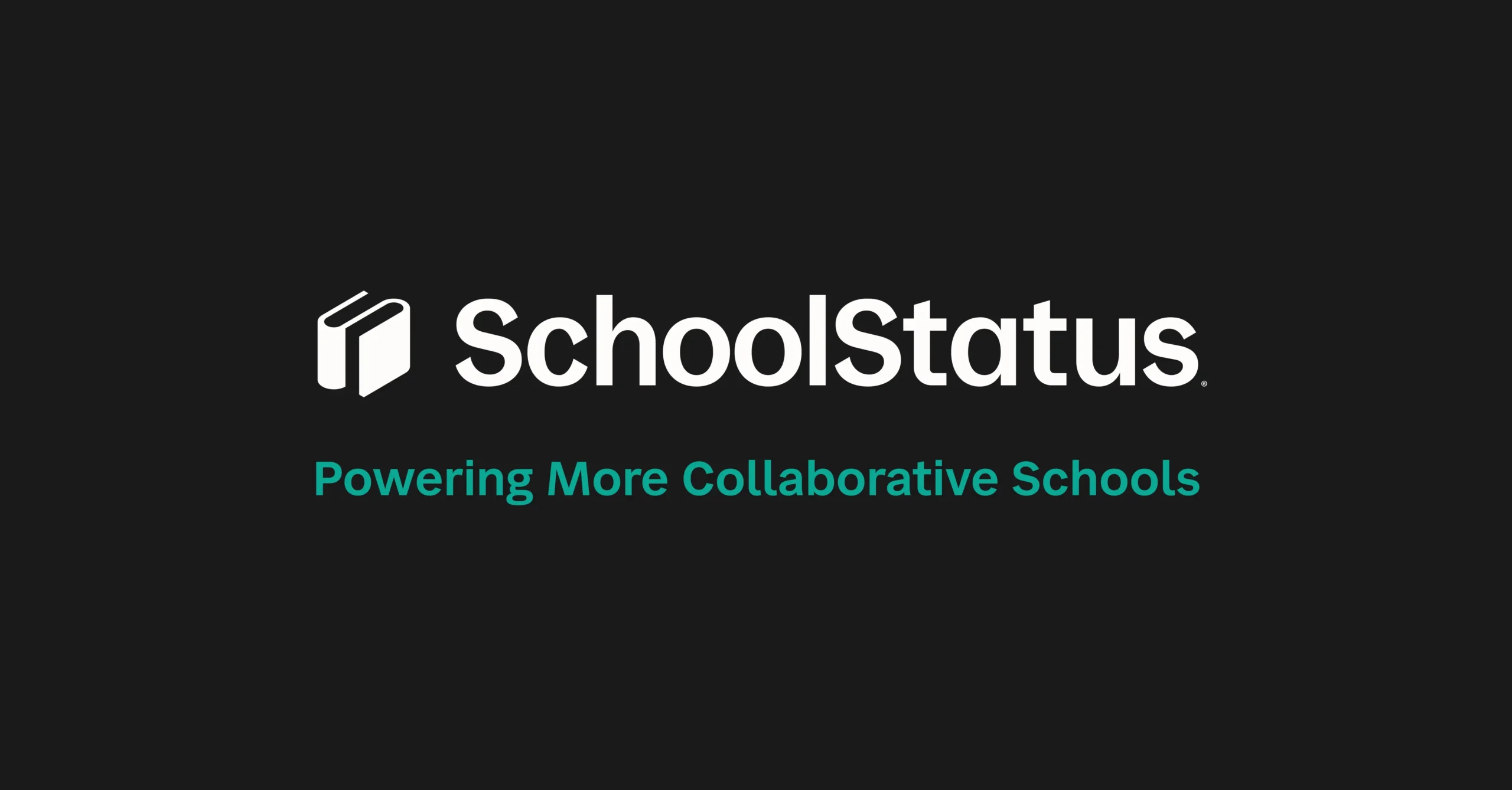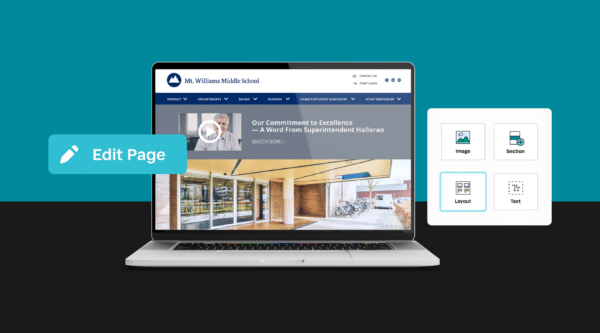

If you’re feeling swamped with the never-ending maintenance of your college website or aiming to unlock its full potential, it may be time to explore other options. For those currently searching, there are at least five content management systems for higher education that demand your consideration, at the very least.
Selecting the right content management system is not a simple proposition. Your website, after all, needs to reflect your school’s best assets to help recruit prospective students and staff. It needs to facilitate communication between your students, staff, and faculty. It also needs to keep others (e.g., alumni, community) updated and engaged to drive fundraising and support.
To do all of that, you need to constantly add content that will inform and engage your audience. You need to make it easy for your site’s visitors to share that content over social media. You need to make it easy for your content providers to load and manage the content. And you need to implement ways to collect information about your visitors so you can engage them in other ways.
The easiest way to do all of that is with a good content management system. Content management systems, also known as a CMS, is a website application that makes it easy for non-technical users to add, edit, and share content. It takes all of the “code” out of the process, so you don’t have to be a web guru to effectively manage or contribute to a website. A good CMS will also alleviate the technical load for your school’s IT team.
At SchoolStatus, we think our CMS solution is among the most effective available for higher education institutions. However, we know the importance of making an informed decision. So in the spirit of helping you have all the information you need, we’ve decided to share some of the other CMS solutions that are out there. Check out these five popular content management systems for higher education.
We are often up against some of these very CMS providers in competitive situations—you win some, you lose some, right? Most every provider claims theirs is the easiest to use and is the best supported. So when you cut through the hyperbole and sales speak, be sure to do your due diligence and investigate your purchase wisely.
Five Popular Content Management Systems for Higher Education:
OmniUpdate
OmniUpdate’s main product is called Modern Campus, which is a content management system designed specifically for higher education institutions. It’s used by more than 700 such institutions around the world.
Modern Campus has a few excellent features:
- Easy content publishing. You and your faculty and staff don’t have to be tech experts to post new content on your website. The content publisher looks just like a word processor, so you just type what you want to see and insert pictures, charts, and more as needed. When you’re done, just hit publish.
- Extension modules. Modern Campus has several modules you can add on to your site to make it more robust. Those include a course catalog, a campus map, a faculty directory, and more.
- Helpful gadgets. Modern Campus also offers tools to help you manage the back end. An analytics system lets you see how popular your content is and what is getting the best reaction. You can also edit pictures, shorten URLs, and drag-and-drop snippets of information from page-to-page.
Ingeniux
Ingeniux is a popular content management system provider. Its main product is Ingeniux CMS, which offers many of the functionality that you’ll find in other CMS solutions. It includes:
- Easy editing. Anyone should be able to create, edit, and publish content using their platform. It’s simple and “tech-free.”
- Worldwide access. It’s all in the cloud, so your faculty and staff can edit their content from any computer anywhere without installing software or having a specific web browser.
- Mobile design. One of Ingeniux’s strengths is how well their websites convert to mobile. Your site will come in crystal clear regardless of what kind of device is being used to access it.
- App extensions. Ingeniux also has a store in its system with more than 300 CMS extensions designed specifically for the platform. They include form builders, analytics, and more.
Hannon Hill
Hannon Hill was one of the earliest providers of CMS solutions in the education space. Founded in 2001, they pride themselves on having top-level customer support. They encourage their customers to contact them by phone as often as they’d like. In fact, they say that there are no limitations on who the customer can speak to for support.
Their features include many of the same that you’ll find on other CMS platforms:
- Easy content publishing and editing
- Personalized admin dashboards
- Workflow management
- Analytics reporting
- Scheduled publishing
- Shortened URLs
LiveWhale
LiveWhale’s CMS solution offers simple content creation and editing just like the other platforms. However, LiveWhale has a few other features that make it especially effective for higher education institutions.
- LiveWhale Calendar is included in the CMS package. It’s one of the most powerful calendar tools available and allows you to add images, videos, or any other necessary content to events. It also has an e-commerce solution so you can sell event tickets straight through your calendar.
- Twitter Bootstrap is a pre-loaded theme that comes installed on LiveWhale’s CMS. This theme has hundreds of layouts and color schemes, so you can quickly change your site’s style without calling in a team of design experts.
- Free upgrades and tech support for life is included in all LiveWhale CMS subscriptions. The company says that it is committed to providing clients with top-notch service. However, it should be noted that the unlimited tech support for life is specifically limited to email support.
Jadu
Jadu’s platform isn’t specifically designed for higher education, but it is used by many colleges and universities. It has a powerful visual editor that allows users to drag and drop design elements, so technical design knowledge isn’t necessary. It also has an easy-to-use content creation and editing function.
Jadu also allows you to collect registered information from site visitors and then tailor your content and marketing messaging to those preferences. A prospective student may register for more information and then tell you that they’re interested in an education degree. You can then personalize their content to feature information about the education program.
Jadu also has something called Jadu Galaxies, which allows you to manage multiple sites out of the same CMS. If you need to have a unique site for a department or maybe for your graduate programs, you don’t need to start with a whole new CMS.
Above All, Your CMS Needs to Fit
No one content management system is going to be perfect for every school. It’s kind of like buying a car: they’ll all—well, most all—will get you from point A to point B, but there are lots of other considerations like how it handles, looks, safety and service. While all of these CMS solutions—and there are literally dozens of others too—have their advantages and disadvantages, it’s important that you take the time to find the solution that’s best for you. And while in the end, all CMS providers are providing comprehensive Think about your use of the CMS, your priorities, and then take several platforms out for a test drive.
Stay Connected
News, articles, and tips for meeting your district’s goals—delivered to your inbox.





